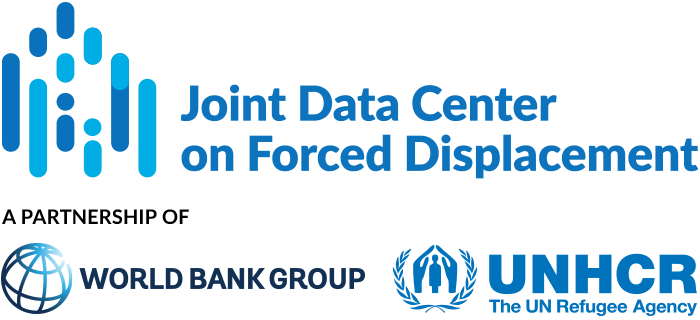This article investigates the effects of forced migration on sending economies, using the post-World War II expulsion of German minorities from Hungary as a natural experiment. Following the war, the communist postwar government justified the expulsion of the German minority population as a means to hold them accountable for Hungary’s wartime alliance with Nazi Germany, facilitate population exchanges involving Hungarian refugees from neighboring countries, and reward their supporters with confiscated land and property. This organized resettlement led to the expulsion of nearly half a million German minority citizens, who were replaced by approximately 90,000 refugees from surrounding countries and about 180,000 internal settlers. These internal settlers were primarily unskilled or low-skilled agricultural workers from Hungary’s Great Plain area.
The authors examine the effects of the postwar forced migration of German minorities, and subsequent resettlement, on township-level aggregate economic outcomes, in both the short and long-term. While ‘German’ townships were largely similar to other townships in terms of observable (pre-migration) economic characteristics, the authors still control for pre-migration levels of outcomes and covariates in each township, along with granular region fixed effects at the township or district area level. The study utilizes Census data and administrative records on the number of Germans deported from each township.
Main findings:
- Postwar deportations of German minorities had a lasting impact on township level population density, implying persistent lower levels of economic activity. Townships heavily affected by the expulsions of German minorities experienced significant reductions in population density compared to less affected areas, indicating reductions in economic activity for affected townships. These effects, while diminishing over time, remained large and significant several decades after the expulsions, suggesting lasting regional inequalities in economic development.
- The lasting impact of forced migrations appears to be driven by sectoral shifts towards agriculture. Forced migrations are associated with enduring sectoral changes in affected townships: while the national economy moved towards increasing the labor share in other sectors, townships with high forced migration increased their agricultural share. Although this effect diminishes over time, it persists for several decades and is observed in areas resettled by both refugees and internal settlers.
- Forced migration and subsequent resettlement are associated with local, short-run reductions in educational attainment, suggesting that skills differences between displaced Germans and settlers were an important channel through which economic effects materialized. The sectoral shift towards agriculture can be explained by the matching of jobs to the existing skill set of settlers, or, if settlers were unskilled, due to lower barriers to entry to agriculture compared to other sectors.
Overall, forced migrations had a lasting negative impact on local economic development in affected townships, and led to fundamental changes in the skills composition and industry specialization of local economies. Specifically, townships affected by forced migrations increasingly specialized in agricultural activities in subsequent decades, likely driven by skill differences between the expelled German residents and the settlers who replaced them. The authors conclude that forced migration can have detrimental effects on origin economies, even (or especially) when motivated by redistributive objectives. Additionally, organized and convergent resettlement to replace forced migrants may exacerbate some of these negative effects.


